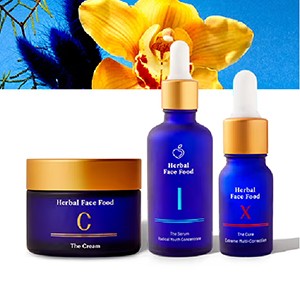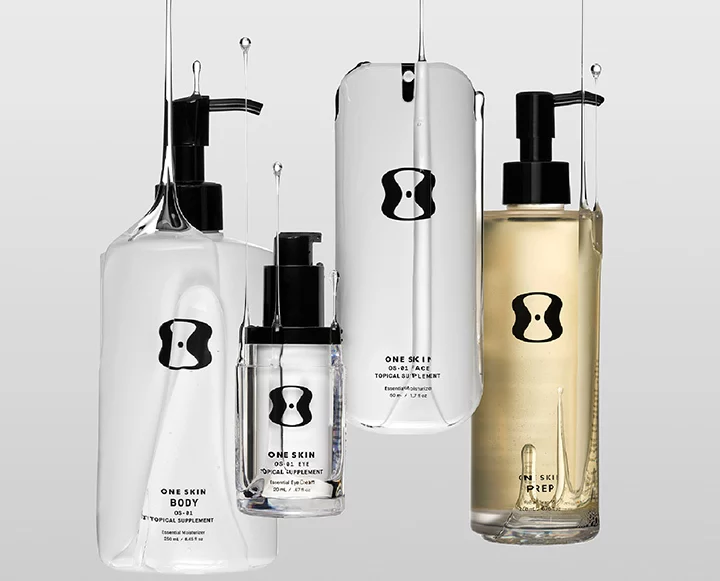Tinned seafood has become the height of food scene chic lately, showing up on the shelves of LA’s coolest shops next to the single origin chocolate, and on the menus of some of the most innovative restaurants around.
Earlier this summer, we enjoyed a pre fixe menu at Crudo e Nudo with these female winemakers. Between oysters on the half shell and the tuna tartare, Chef Brian Bornemann brought to the table a leather case of tinned seafood options — almost as you would a cigarette tray in the 1920’s. Each guest chose one tin, which they took back to the kitchen and served with olives, house-made butter and condiments, plus fresh bread from Gjusta.
We rarely see tinned fish served in such an elevated way here in the States, but apparently this trend is growing as quickly as low-ABV cocktails and oat milk lattes. We’ve been paying attention to this trend at home for some time now (watch What Our Editor-In-Chief Actually Eats In A Day from 2018), and consider smaller, preserved fish a smart move for the sustainably-minded. That said, the recent uptick in interest has surprised us this year. Here’s why you should give them a try:
Conservas Vs. Canned Tuna? | Maybe, like most Americans, your familiarity with tinned seafood begins and ends with a good can of tuna. Something that, until now, you probably considered the least sexy item in your pantry. While I wouldn’t recommend centering any of your entertaining around a can of Chicken of the Sea just yet, there are a ton of tinned options your foodie friends might really appreciate.
In Spain, tinned seafood, from sardines to squid, are called conservas and considered delicacies. The name alone upgrades these tinned treasures from Subway to Sevilla in an instant.
+ Health benefits | While the American diet is traditionally focused on larger fish like halibut, trout, swordfish and salmon, smaller fish like sardines and anchovies provide a ton of health benefits and can actually be more sustainable. Small fish are lower on the food chain, thus presenting less of a risk when it comes to mercury, radiation or any of the other chemical build-ups that have been of recent concern. They’re also packed with nutrients like protein, omega-3s, vitamin B12, vitamin D, calcium and selenium. Read our full story on the health benefits of sardines.
Diversifying your seafood sources also means that fishermen can diversify their practices and still make a living. Commercial fishing has caused population issues for many larger species and the demand for smaller fish, shellfish and squid ensure that our ocean’s ecosystem remains in better equilibrium than when the world food economy is focused solely on large whitefish alone. The over-fishing of certain species has become a serious concern, and it’s important to shop wisely, both for our own health and that of the planet. Read: Seaspiracy, Alaskan Fisherman + The Future Of Seafood
At the Bay Area’s Bernal Cutlery, conservas are lovingly displayed on a custom pegboard (seen in our lead photo), just like artisan chocolate or ferments may have been a few years ago. Bernal is a goldmine of chic, artisan kitchen goods for serious home chefs. We asked Bernal’s Gil Levy to share his top picks from among the over forty conservas they stock.
Gil selected Mussels in Escabech, marinated with oil, vinegar, paprika, nutmeg, garlic, cinnamon, and salt. His suggested pairing? Serve the mussels with ricotta and bread or eat with potato chips — no judgement.
Nuri Sardines were the first tin they sold in shop and have become a customer favorite. Levy suggests the extra spicy Sardines in Olive Oil, a full meal unto itself, or great on toast, in pasta or on top of a salad.
That’s the great thing about conservas: you can eat them on their own, pair them with condiments, add them to salads, pastas, pizzas — almost anything — and you’ve got a versatile, sustainable source of protein and a wide-range of nutrients.
Love this trend and ready to learn more? Swipe up to shop Chris McDade’s The Magic of Tinned Fish












